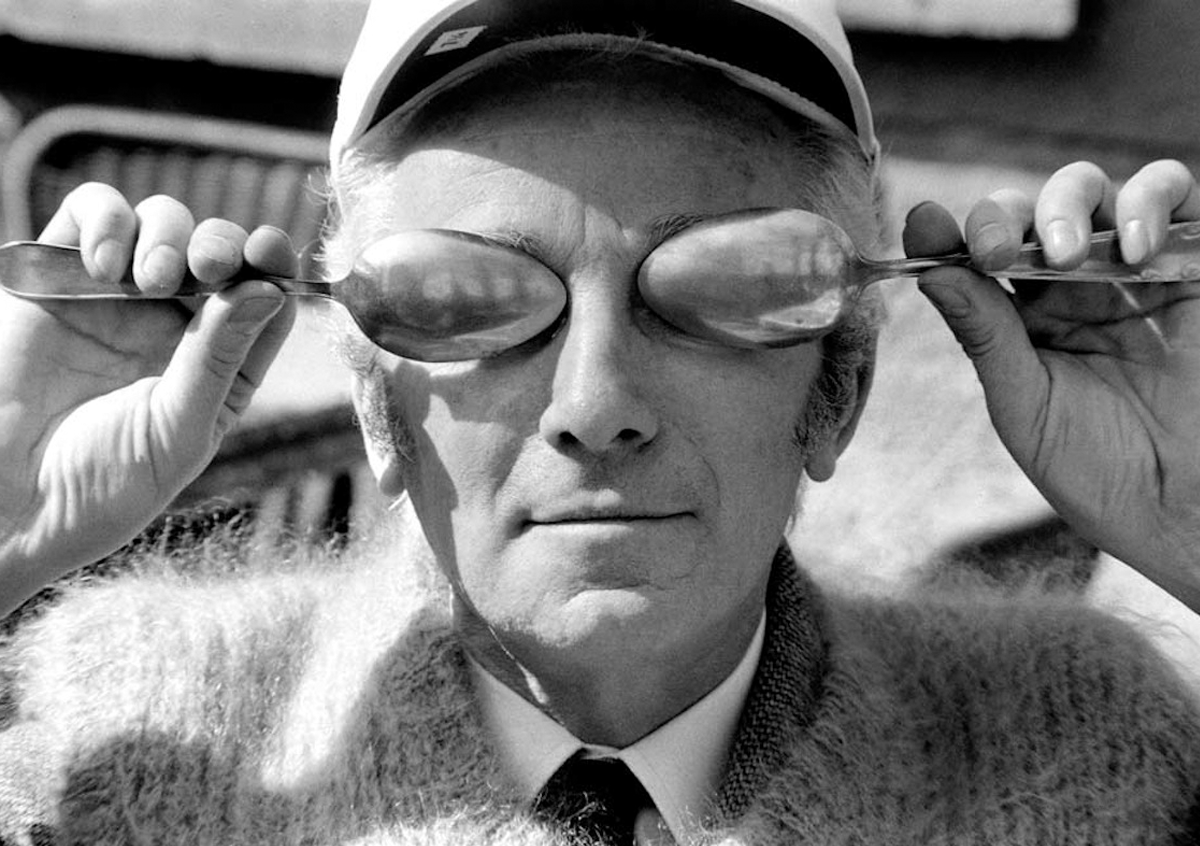Anyone that is a regular browser on Counter-Print will know that we are huge fans of the work of Bruno Munari. He’s the book designer’s book designer and contributed fundamentally to many fields of the visual arts, as well as publishing. He has been sighted by many as among the most inspirational designers of all time and was described by Picasso as 'the new Leonardo'.
Munari’s principles and beliefs were built upon his early involvement in the Futurist movement, which he joined at the age of 19 using the pseudonym 'Bum'. During the 1930s, Munari began to move towards Constructivism, particularly with his kinetic sculptures titled, ‘Useless Machines’ (1933), which were meant to transform or complicate their surrounding environments. After World War II, Munari also developed radical innovations in graphic design, typography and of course publishing, through the latter creating pieces he would term ‘Unreadable Books’.
His books are now studied and collected – as objects and as games that make children and adults think, react, play and draw inspiration. His use of different materials, types of binding, experimental typography, illustrations and colours, to name a few of the techniques and tricks he employed, make his publishing work a truly memorable experience to digest.
'Munari did not just work on books; he was interested in and tried out the full range of artistic possibilities, but throughout his career, books were his personal diary in which he noted down his experiences, an authentic register of events,' art historian Giorgio Maffei writes in the introduction to ‘Munari's Books’.
His 'Libro Illeggibile' series, for example, was an exercise in trying out, 'all visual communication options and printing techniques that didn't involve words,' Munari described. Some of the books were bound with staples or thread and featured pages solely of prismatic paper or of tracing paper festooned with geometric lines.
In addition to exploring books as art objects, Munari used them to communicate cultural ideas. In Supplemento al Dizionario Italiano (1958), he gathers photographs of common Italian hand gestures and unpacks what they mean.
Munari's children's books remain among the most popular and are still in print today. In Bruno Munari's ABC (1960), one of his alphabet books, he offers a mix of objects, leaving it open for kids to build stories around them. Munari said in 1981, 'these messages are not supposed to be finished literary stories like tales because that would have a repetitive and uncreative influence on the child… before it's too late, individuals must be taught to think, imagine, dream and be creative.'
Jon Dowling
Counter-Print

Bruno Munari